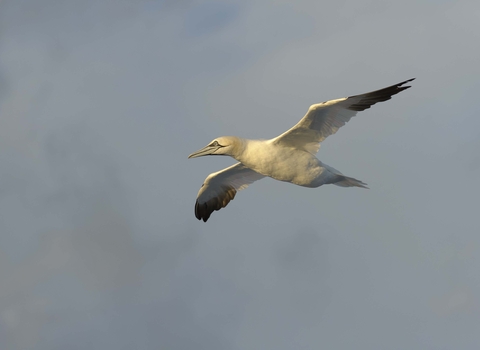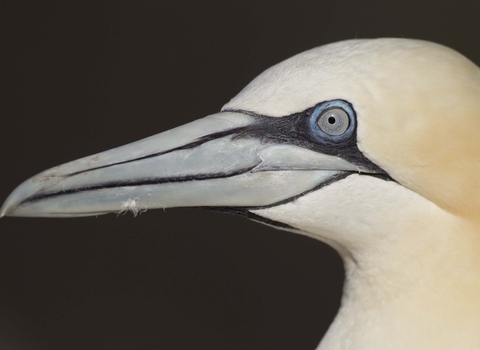
©Chris Gomersall/2020VISION

©Peter Cairns/2020VISION
Northern gannet
Famed for its super-fast fishing dives into the sea, the northern gannet (or gannet) is a distinctive white bird with a yellow head and black wingtips. It nests in large, noisy, smelly colonies on cliffs around our coasts.
